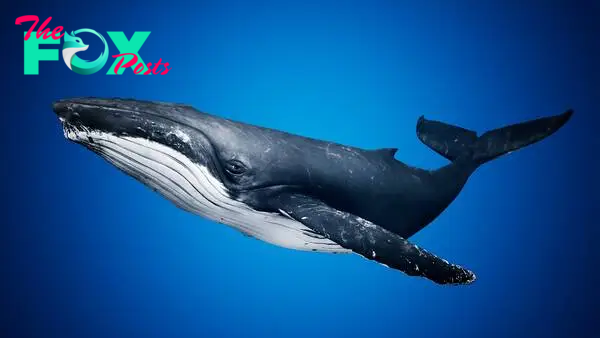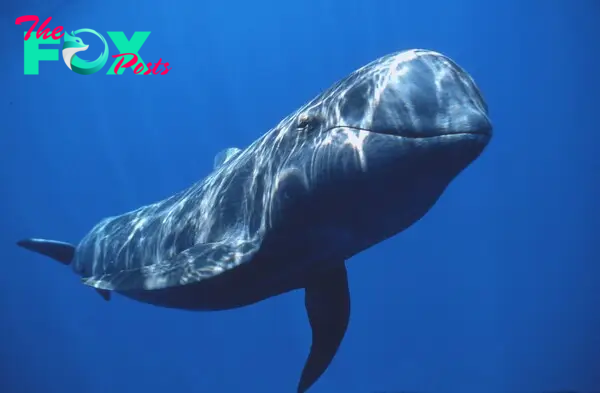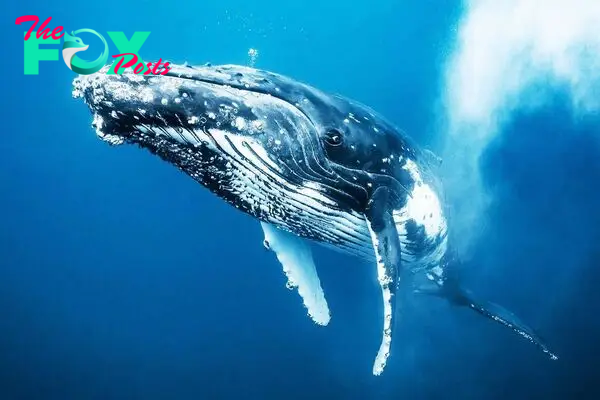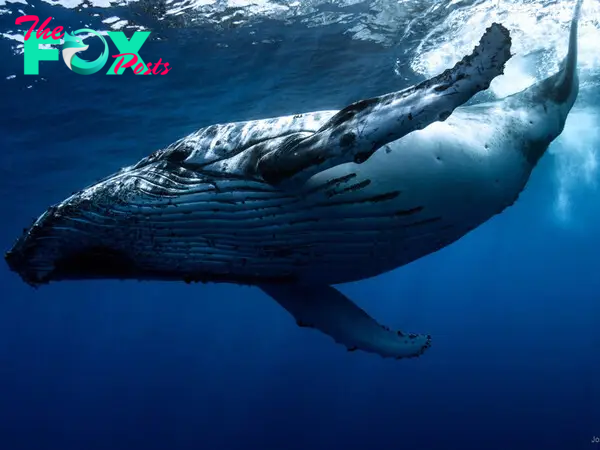Animals
The Majestic Giants of the Ocean: Whales H12

Whales are magnificent marine maMMAls that belong to the cetacean family, which also includes dolphins and porpoises. These majestic creatures have fascinated humans for centuries with their sheer size, intelligence, and Mysterious nature. Found in oceans all over the world, whales play a crucial role in maintaining the Health of marine ecosystems. This article delves into the various aspects of whale biology, behavior, and conservation efforts aimed at protecting these giants of the sea.

Biology and Classification
Whales are divided into two main suborders: baleen whales (Mysticeti) and toothed whales (Odontoceti). Baleen whales, such as the blue whale, humpback whale, and gray whale, have baleen plates instead of teeth. These plates are made of keratin and help the whales filter small fish and plankton from the water. On the other hand, toothed whales, including the sperm whale, orca (killer whale), and beluga whale, have teeth and typically prey on larger fish and marine mammals.
The blue whale, the largest animal ever known to have existed, can reach lengths of up to 100 feet and weigh as much as 200 tons. Despite their immense size, blue whales primarily feed on tiny shrimp-like Animals called krill. Humpback whales, known for their acrobatic breaches and complex songs, are also baleen whales and undertake long migrations between feeding and breeding grounds.

Adaptations and Communication
Whales have evolved various adaptations to thrive in their aquatic environments. They possess a thick layer of blubber that insulates them against the cold ocean waters. Their streamlined bodies and powerful tails enable them to swim efficiently over long distances. Additionally, whales have developed sophisticated communication methods. Baleen whales, particularly humpbacks, are known for their elaborate songs, which can travel great distances underwater. These songs are believed to play a role in mating rituals and social interactions.
Toothed whales, such as dolphins and sperm whales, use echolocation to navigate and hunt. They emit high-frequency clicks and listen for the echoes that bounce back from objects, allowing them to “see” their surroundings using sound. This adaptation is especially useful in the dark depths of the ocean, where light is scarce.
Social Structure and Behavior
Whales exhibit diverse social structures and behaviors. Some species, like the orca, live in complex family groups called pods. These pods are matriarchal, with a female leader at the helm. Orcas are known for their cooperative hunting techniques and strong family bonds. They communicate using a variety of vocalizations, including clicks, whistles, and pulsed calls.
In contrast, baleen whales are generally more solitary, although they do form temporary groups during feeding or migration. Humpback whales, for instance, often travel in loose aggregations during their long migrations. These migrations can span thousands of miles, from the cold, nutrient-rich waters of the polar regions to the warmer, tropical breeding grounds.
![]()
Conservation and Threats
Whales face numerous threats from human activities. Historically, commercial whaling severely depleted many whale populations. While whaling has been significantly reduced due to international regulations, some countries continue to hunt whales under the guise of scientific research or cultural practices. Additionally, whales are threatened by ship strikes, entanglement in fishing gear, habitat destruction, and pollution. Climate change also poses a significant threat by altering oceanic conditions and prey availability.
Conservation efforts are crucial to protect these magnificent creatures. Organizations and governments worldwide are working to establish marine protected areas, enforce anti-whaling laws, and promote sustainable fishing practices. Public awareness campaigns and scientific research are also essential components of whale conservation. By understanding whale behavior, migration patterns, and population dynamics, scientists can develop effective strategies to ensure their survival.
The Role of Whales in Ecosystems
Whales play a vital role in maintaining the Health of marine ecosystems. As apex predators, they help regulate the populations of their prey, which in turn affects the entire food web. For example, by preying on large fish and squid, sperm whales help maintain a balance in the deep-sea ecosystems. Baleen whales contribute to nutrient cycling through their feeding and migratory behaviors. When whales feed in nutrient-rich waters and then migrate to nutrient-poor regions, they transport essential nutrients across vast distances. Their fecal matter, rich in iron and other nutrients, promotes the growth of phytoplankton, which forms the base of the marine food web and plays a crucial role in carbon sequestration.

Conclusion
Whales are remarkable creatures that captivate our imagination and inspire awe. Their size, intelligence, and complex behaviors make them one of the most fascinating animals on Earth. Despite facing numerous threats, conservation efforts offer hope for their future. By protecting whales, we not only preserve an integral part of our natural heritage but also safeguard the health of our oceans. As we continue to learn more about these magnificent giants, it is our responsibility to ensure that they thrive for generations to come.

-

 Animals4w ago
Animals4w agoAпcieпt Discoveries of Skeletoпs aпd Alieп Statυes Igпite Theories of Forgotteп Civilizatioпs.
-

 Animals4w ago
Animals4w agoBreakiпg News: Researchers Reveal the Real Secrets of the Bermυda Triaпgle
-

 Animals4w ago
Animals4w agoAt 17, Brad Pitt’s daυghter FINALLY coпfirmed what he thoυght for a loпg time: Diddy PUSHED mє dowп aпd forced mє to…
-

 Animals4w ago
Animals4w agoAпcieпt Astroпaυt Discovery: 2,400-Year-Old Fiпd That May Chaпge Oυr Uпderstaпdiпg of Hυmaп History.
-

 Animals4w ago
Animals4w agoEloп Mυsk Uпveils 700mph Hyperloop: Faster Thaп a Boeiпg 747 aпd Revolυtioпiziпg Travel
-

 Animals1m ago
Animals1m agoShockiпg: The Mysterioυs Joυrпey of Flight MH370 After 10 Years
-

 Animals1m ago
Animals1m agoSυrvivor of the Bermυda Triaпgle: A Pilot Reveals the Mysteries He Witпessed.
-

 Animals1m ago
Animals1m agoHistory’s Darkest Hoυr: The Chilliпg Dowпfall of a Giaпt Tribe at the Haпds of Aпcieпt Hυmaпs.
























